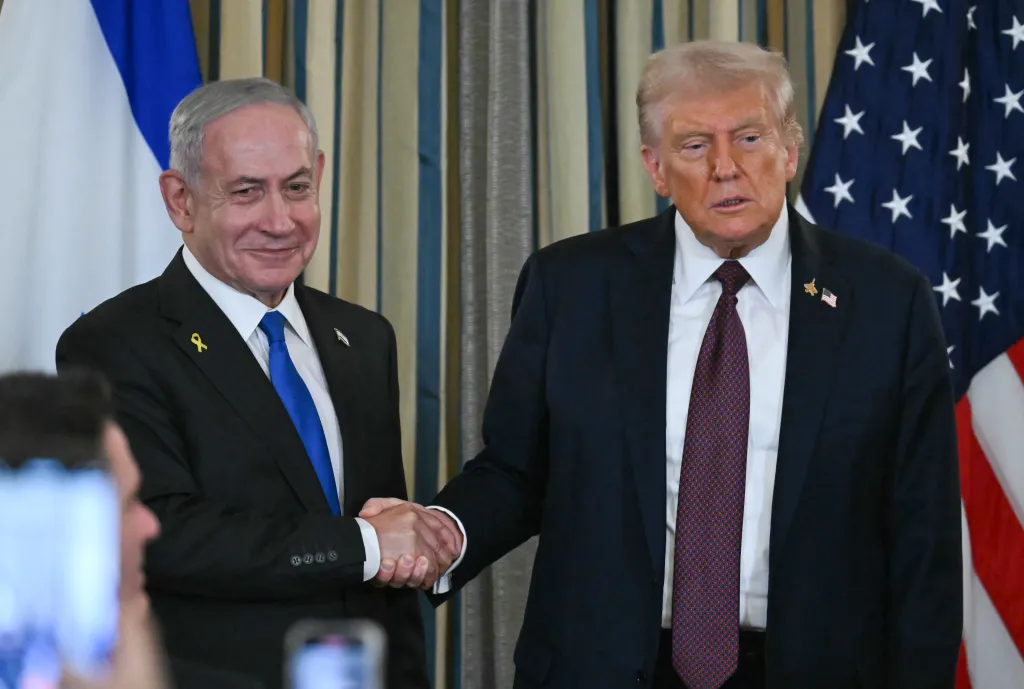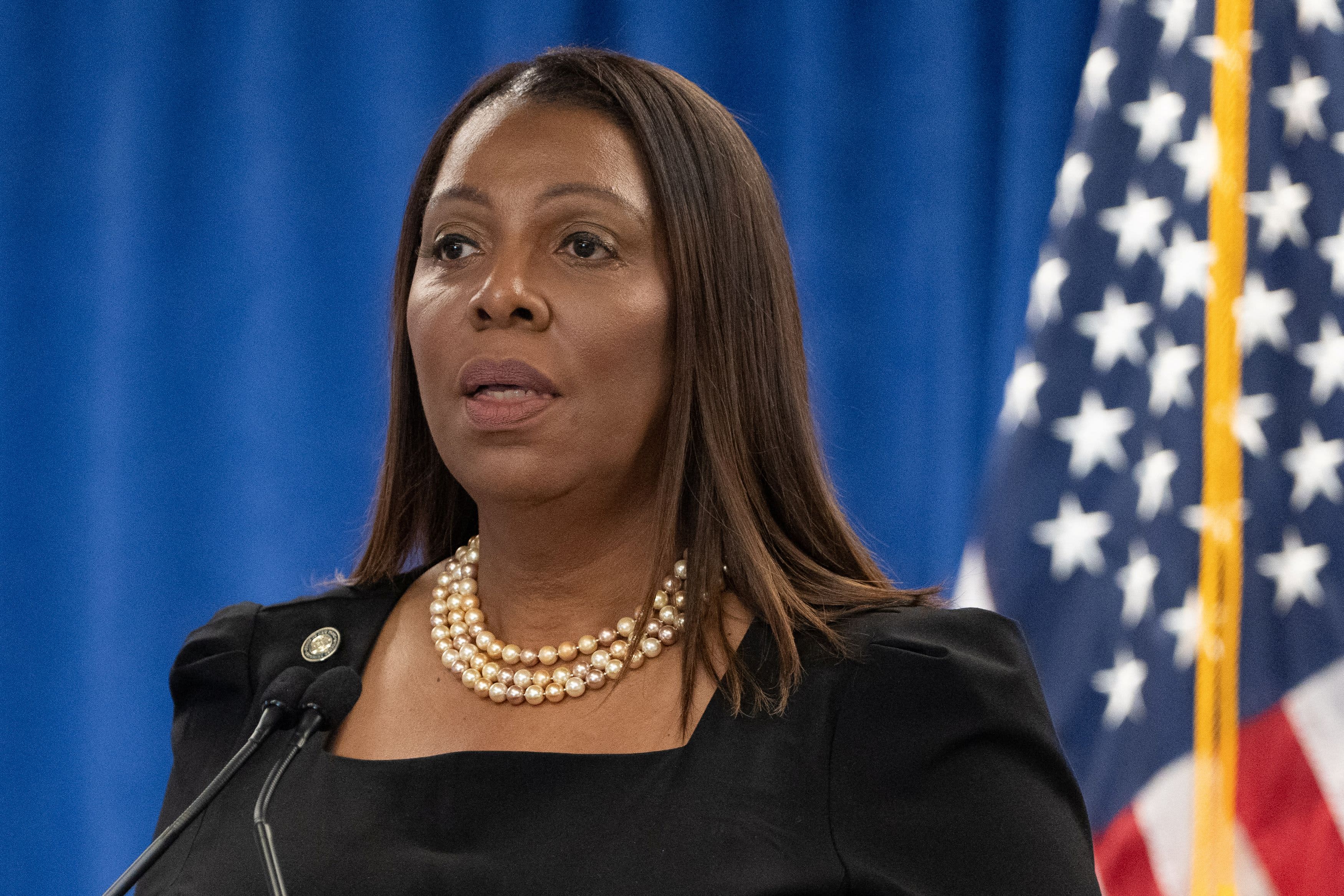
To place an obituary, please include the information from the obituary checklist below in an email to obits@pioneerpress.com. There is no option to place them through our website. Feel free to contact our obituary desk at 651-228-5263 with any questions.
General Information:
Your full name,
Address (City, State, Zip Code),
Phone number,
And an alternate phone number (if any)
Obituary Specification:
Name of Deceased,
Obituary Text,
A photo in a JPEG or PDF file is preferable, TIF and other files are accepted, we will contact you if there are any issues with the photo.
Ad Run dates
There is a discount for running more than one day, but this must be scheduled on the first run date to apply.
If a photo is used, it must be used for both days for the discount to apply, contact us for more information.
Policies:
Verification of Death:
In order to publish obituaries a name and phone number of funeral home/cremation society is required. We must contact the funeral home/cremation society handling the arrangements during their business hours to verify the death. If the body of the deceased has been donated to the University of Minnesota Anatomy Bequest Program, or a similar program, their phone number is required for verification.
Please allow enough time to contact them especially during their limited weekend hours.
A death certificate is also acceptable for this purpose but only one of these two options are necessary.
Guestbook and Outside Websites:
We are not allowed to reference other media sources with a guestbook or an obituary placed elsewhere when placing an obituary in print and online. We may place a website for a funeral home or a family email for contact instead; contact us with any questions regarding this matter.
Obituary Process:
Once your submission is completed, we will fax or email a proof for review prior to publication in the newspaper. This proof includes price and days the notice is scheduled to appear.
Please review the proof carefully. We must be notified of errors or changes before the notice appears in the Pioneer Press based on each day’s deadlines.
After publication, we will not be responsible for errors that may occur after final proofing.
Online:
Changes to an online obituary can be handled through the obituary desk. Call us with further questions.
Payment Procedure:
Pre-payment is required for all obituary notices prior to publication by the deadline specified below in our deadline schedule. Please call 651-228-5263 with your payment information after you have received the proof and approved its contents.
Credit Card: Payment accepted by phone only due to PCI (Payment Card Industry) regulations
EFT: Check by phone. Please provide your routing number and account number.
Cash: Accepted at our FRONT COUNTER Monday – Friday from 8:00AM – 3:30PM
Rates:
The minimum charge is $162 for the first 10 lines.
Every line after the first 10 is $12.20.
If the ad is under 10 lines it will be charged the minimum rate of $162.
On a second run date, the lines are $8.20 per line, starting w/ the first line.
For example: if first run date was 20 lines the cost would be $164.
Each photo published is $125 per day.
For example: 2 photos in the paper on 2 days would be 4 photo charges at $500.
Deadlines:
Please follow deadline times to ensure your obituary is published on the day requested.
Hours
Deadline (no exceptions)
Ad
Photos
MEMORIAM (NON-OBITUARY) REQUEST
Unlike an obituary, Memoriam submissions are remembrances of a loved one who has passed. The rates for a memoriam differ from obituaries.
Please call or email us for more memoriam information
Please call 651-228-5280 for more information.
HOURS: Monday – Friday 8:00AM – 5:00PM (CLOSED WEEKENDS and HOLIDAYS)
Please submit your memoriam ad to memoriams@pioneerpress.com or call 651-228-5280.
President Donald Trump’s 20-point peace plan for the Gaza Strip is a smart plan for turning a bomb crater into a launchpad for peace — for taking a terrible, terrible war in Gaza and leveraging it to not only create a new foundation for solving the Israeli-Palestinian conflict, but also for normalization between Israel and Saudi Arabia, Lebanon, Syria and maybe even Iraq as well. If it succeeds, it could even set in motion a much-needed transformation in Iran.
Hats off to its key architects: Jared Kushner, Steve Witkoff and Tony Blair. Without their efforts, this initiative would not have been born.
But while it may be unprecedented in its creativity, it meets a moment unprecedented in its cruelty, which makes it a long shot at best.
If only this plan were meant to solve a border dispute between Swedes and Norwegians. Alas, it is meant to halt the most vicious and deadly two years of fighting between Jews and Palestinians in the history of this conflict.
The indiscriminate murder on Oct. 7, 2023, by Hamas of Israelis in front of their children and children in front of their parents, on top of the kidnapping of babies and elderly people, which was met by the often indiscriminate retaliation by an Israeli army that was daily prepared to kill and maim dozens of Palestinian civilians and children to get one Hamas fighter — while grinding Gaza into rubble — may have done something no previous Israeli-Arab war ever did: It made the necessary — achieving peace — impossible.
In a lifetime of covering this conflict, I have never seen it broken into so many little pieces, each soaked in more distrust and hatred of the other than ever before. Aggregating these pieces together to implement this complex plan for a ceasefire, phased Israeli withdrawal from Gaza, hostage release, Palestinian prisoner release and then rebuilding of the Strip under international supervision will be a herculean task. It will require solving a diplomatic Rubik’s cube every day — while all the enemies of the deal try to scramble it every day.
I doubt Trump appreciates just how herculean an effort it will be, how much time and political capital it will require from him personally and how much he will have to squeeze both Prime Minister Benjamin Netanyahu of Israel, Hamas and America’s Arab allies to do things that they not only won’t want to do, but that could be dangerous for them to do both politically and physically.
Believe it if he says it in Hebrew
While Netanyahu said he agreed to this plan, I will believe it when I hear him saying it in Hebrew to his own people and Cabinet. Friedman’s first rule of Middle East reporting: What people tell you in private is irrelevant. All that matters is what they say in public to their own people in their own language. In Washington, officials lie in public and tell the truth in private. In the Middle East, officials lie in private and tell the truth in public.
And Hamas, whose surviving leadership is mostly hiding in a bunker in Doha, Qatar, still has to sign on. “There are so many ways that Netanyahu or Hamas can sabotage this,” Nahum Barnea, the Yedioth Ahronoth columnist, told me — but, like me, he thinks it’s worth a try and commends those who drew up the plan.
Because it is so necessary in so many ways. For starters, anyone with the most rudimentary knowledge of warfare and where it is going can see that Israelis and Arabs and Iranians cannot afford for there to be another war. Smarter and cheaper drones and even missiles are being distributed ever farther, super-empowering more actors faster.
I don’t need to remind Israelis that on June 1 more than 100 Ukrainian drones that had been smuggled into Russia struck air bases deep inside Russia, damaging or destroying at least a dozen warplanes, including long-range strategic bombers. I am guessing that this daring surprise attack cost Ukraine something closer to a big shopping spree at Best Buy than anything approaching the roughly $80 million price of a single Lockheed Martin F-35 fighter jet in Israel’s fleet.
Second, Netanyahu can say all that he wants, as he did on Monday, that if Hamas does not accept this plan, “Israel will finish the job by itself” in Gaza, which Trump said he’d support. Easier said than done. If that happens, Israel will have a permanent military occupation of Gaza facing a permanent insurgency — which its own military leadership opposes. Some “finish.” That is why now that Trump has put this deal on the table, it will not be easy for Bibi or Hamas to definitively reject it.
That leads to the final reason this deal is necessary even if it seems impossible. The proliferation of social media, particularly TikTok, means that video of every single civilian casualty — every dismembered civilian — can now be broadcast to the smartphone of everyone on the planet. So, as Israel is discovering, the only way it can defeat an enemy like Hamas, embedded among civilians, is at the price of making itself a pariah among nations and having its sports teams, academics and entertainers shunned around the world.
Netanyahu can declare, with some real justification, that Israel is defending Western democratic values by defeating the Islamo-fascist Hamas in Gaza. Hamas is a terrible organization — most of all for Palestinians. But today any teenager on TikTok can also see how, at the same time, Bibi and Israel’s Jewish supremacists are perpetuating Western-style settler colonialism in the West Bank. No one is fooled — and I mean no one.
Can’t give up on two states
This peace plan is necessary because we must not give up on a two-state solution — no matter how unlikely, because it remains the only just and rational outcome for this conflict. But we have to recognize that we cannot get there from here.
We need a bridge that builds trust where every shred of trust has been destroyed. This plan proposes to do so by effectively creating a U.N.-approved mandate for putting Gaza under the supervision of an international governing body and military force with Arab approval and input from the Palestinian Authority in the West Bank. The logic is that until and unless Palestinians in Gaza can build and demonstrate the capacity to govern there, it is impossible to talk about a two-state solution.
But to give Palestinians the best chance to demonstrate that, they need not only international support, but also for Israel to get out of the way in Gaza, and, I would add, halt all Israeli settlement-building in the West Bank, which has been designed to erase any possibility of Palestinian sovereignty there one day. Israel must be made to leave open the possibility of Palestinian statehood if the Palestinians achieve certain governance metrics. Only Trump — whose plan acknowledges statehood “as the aspiration of the Palestinian people” — can force that upon Bibi.
A bridge and leeway
But here is the hidden incentive for Israel to seize on this Trump plan. Israel’s devastating destruction of both Iran and Hezbollah’s military capacity was a tactical military victory that has opened up enormous new possibilities for regional integration.
It led to the toppling of Iran’s puppet regime in Syria and paved the way for a fragile democratic coalition to take power there. It created the space for Lebanon’s best leadership duo since the civil war — President Joseph Aoun and Prime Minister Nawaf Salam — to free Lebanon’s frail democracy from the death grip of Iran and Hezbollah. It has also opened more space for the democratically elected government of Iraq to gain better control of the pro-Iranian militias there.
At the same time, it has triggered a quiet debate inside Iran about the whole efficacy of spending billions of dollars, and making Tehran an international pariah, to support losers like Hamas and Hezbollah and permanently threaten Israel.
If, if, if this Trump peace plan can create a bridge back to a two-state solution, it will give enormous leeway for Saudi Arabia, Lebanon, Syria and even Iraq to consider joining the Abraham Accords and normalize relations with Israel.
In other words, it would turn the tactical military defeat Israel and the Trump administration inflicted on Iran in the 12-day war into a strategic achievement.
Trump actually went out of his way in his White House news conference on Monday to signal to Iran that he is open to a new relationship, if Tehran is. “Who knows, maybe even Iran can get in there,” Trump said, speaking of the Abraham Accords, with Netanyahu standing close by.
Raghida Dergham, executive chair of the Beirut Institute, observed the other day in a smart essay published in Annahar Al-Arabi, that for this to happen, Israel must overcome its “siege mentality and militarized bravado” and Iran must overcome its “bazaar mentality, swinging between bluster and concession, escalation and retreat.”
Iran’s leadership, she noted, keeps moving “one step toward compromise and two steps toward escalation, still clinging to the illusion that time favors them. But beneath their defiance lies quiet panic. In this cornered state, Tehran continues to make costly miscalculations, particularly around Israel and the dwindling myths of the so-called ‘Axis of Resistance,’ led by the Islamic Revolutionary Guards Corps in Lebanon, Iraq and Yemen, and to a lesser extent in Syria, where Iran’s networks have been severed.”
If this Trump deal goes ahead, it will so isolate Iran that maybe, finally, it will also trigger a real internal struggle and change of strategy there.
The last train to somewhere decent
My bottom line: If you are a betting person, bet that the necessary will be impossible — you have a lot of history on your side that says the closer we get to peace, the more the haters will derail it.
If you are a hoping person, hope that this time will be different.
If you are praying person, pray that everything you know about this region, its current leaders and the poisonous legacy of the Gaza war will be overcome — because somehow the key players all realize that this really is the last train to somewhere decent and the next one, and all those ever after, will be nonstops to the gates of hell.
Thomas Friedman writes a column for the New York Times.



